Few things quicken the pulse as much as the iconic sports cars that were rolling out of Japan’s bustling factories in the 1980s and 90s. These cutting-edge performance machines captured imaginations worldwide with their radical designs, precision handling, and sheer exhilaration behind the wheel.
While European and American automakers largely focused on high horsepower, Japanese engineers pursued the magic formula of balance, lightweight, and flawless build quality. They chased every fractional performance gain through relentless innovation and constant improvement.
Yet even as Japanese manufacturers retrenched operations through the 1990s, the most legendary performance models of the era still generate feverish demand among collectors and driving enthusiasts today. The enduring allure of JDM classics continues to quicken pulses decades later!
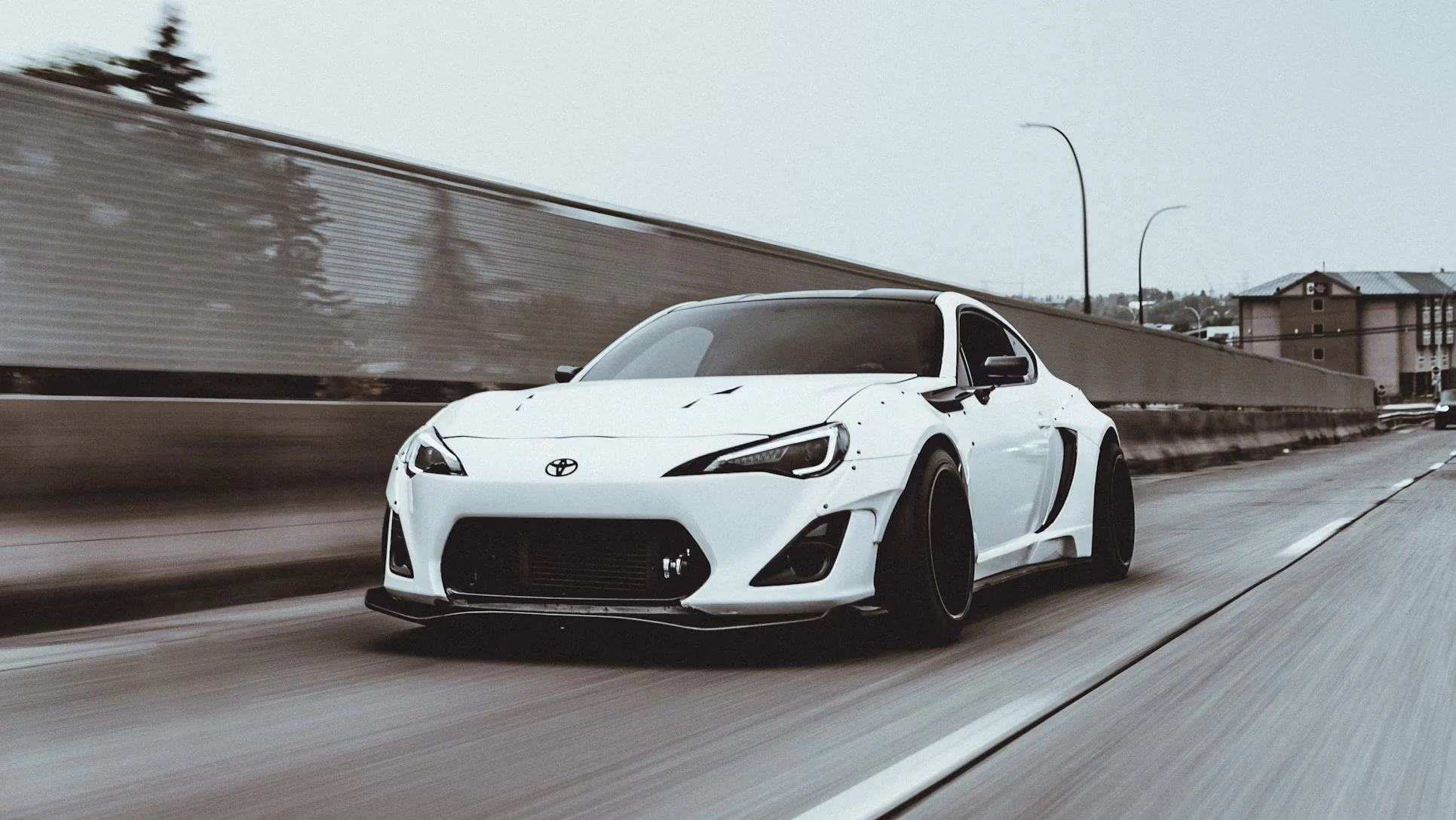
Table of Contents
Birth of the JDM Category
First, what exactly is a JDM car? JDM stands for “Japanese Domestic Market” – models designed specifically for sale in Japan. Over time, enthusiasts coined the term JDM to describe desirable, performance-focused Japanese cars that were never officially exported abroad when new.
The magic happened when Japan’s booming economy in the 1980s fueled investment into race-bred homologation specials created for rallies, touring cars, and sports car championships. These lifted the capabilities of everyday sports cars through racing tech that filtered down to road models.
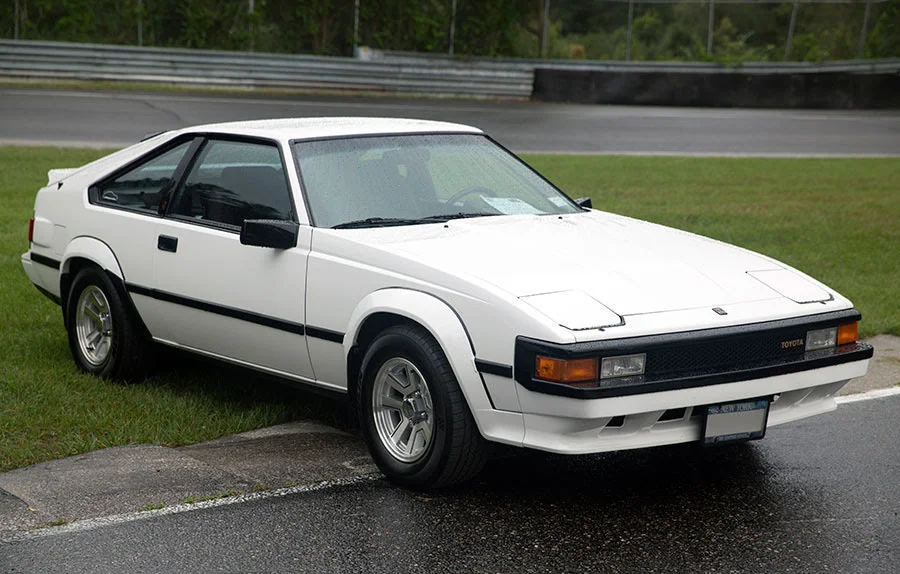
Legendary JDM classics were born – the Mazda RX-7, Toyota Supra Mk IV, and Nissan Skyline GT-R among them. Never intended for international sale, these models boasted cutting-edge engineering with no compromises on emissions or safety rules outside Japan.
Thus, JDM cars earned a reputation for purity, performance, and slightly forbidden fruit status since supply beyond Japan depended on the grey market. The most desirable cars are typically sold in low volumes only within Japan, making overseas availability scarce and piecemeal.
Yet their glowing reputation for dynamic excellence meant demand always outweighed supply. Enthusiasts without direct Japanese access relied on private importers to source low-mileage examples from auctions and bring them overseas.
Why Are JDM Cars So Appealing?
Scarcity and exclusivity are only part of the appeal – under the skin, JDM sports cars represent purpose-built performance honed free of compromises for non-Japanese markets.
Purity of Purpose
Unencumbered by external regulations, JDM engineers singularly focused on capability, agility, and driver engagement. Their creations chased every fractional performance gain and eschewed unnecessary luxury add-ons that added weight without improving dynamics.
Manual Gearboxes
JDM sports cars overwhelmingly used precise-shifting manual gearboxes for maximum driver control and connection with the car. Flappy-paddle gearboxes only arrived later after this golden age. Heel-toeing your downshifts in a JDM classic is an unforgettable skill every enthusiast yearns to master.
High Revving Engines
Wringing every last pony from smaller displacement was an art form Japanese automakers perfected in this era. Their high-strung engines spin effortlessly to 9,000 rpm redlines without stress or harshness for incredible aural thrills.
Lightweight Construction
Shedding pounds through design and technology was an obsession across Japanese sports cars. Extensive use of aluminum and high-tensile steel in bodyshells kept curb weights down. Spartan interiors skipped sound-deadening and heavy trim pieces. Lightness delivers agility.
Balance and Precision
Manufacturing prowess allowed Japanese automakers to hold tight tolerances during assembly for impeccable fit and finish. It translated into precise steering, perfect chassis balance, and silky ride quality. JDM sports cars deliver exceptional handling fidelity.
Attention to Detail
From the delicate click of switchgear to the rich engine soundtrack, Japanese cars dialed up sensory experience through extreme attention to detail often missing elsewhere. It’s felt in the operation of controls and heard in mechanical noises.
Analog Driving Experience
Modern computer intervention and high-tech driver aids were largely absent in JDM cars of this period. The connection between human and machine relies on skill and intuition without digital filters muting feedback. The pure, undiluted experience connects enthusiast drivers to cars in ways that can’t be replicated digitally. It’s the ultimate driver’s machine experience.
Greatest JDM Heroes
The most legendary JDM sports cars enjoy stratospheric valuations today for a good reason—not only do they represent the pinnacle of Japanese sports car engineering, but their capabilities still run circles around many modern machines. Let’s salute a few of the greatest hits!
Mazda RX-7 FD (1992-2002)
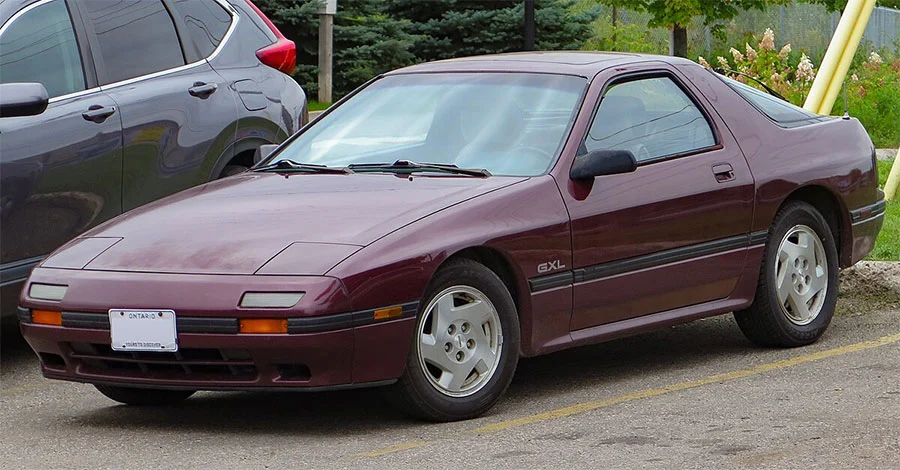
The pinnacle of Mazda’s epoch rotary-powered sports cars delivers a soul-stirring 254 hp from just 1.3 liters at its crank—madness! Handling nirvana comes from a featherweight body trailing elegant curves down the flanks. Plus, that signature triple-rotor Rotary wail as it spins to a 9,000 rpm song!
Toyota Supra Mk IV (1993-2002)
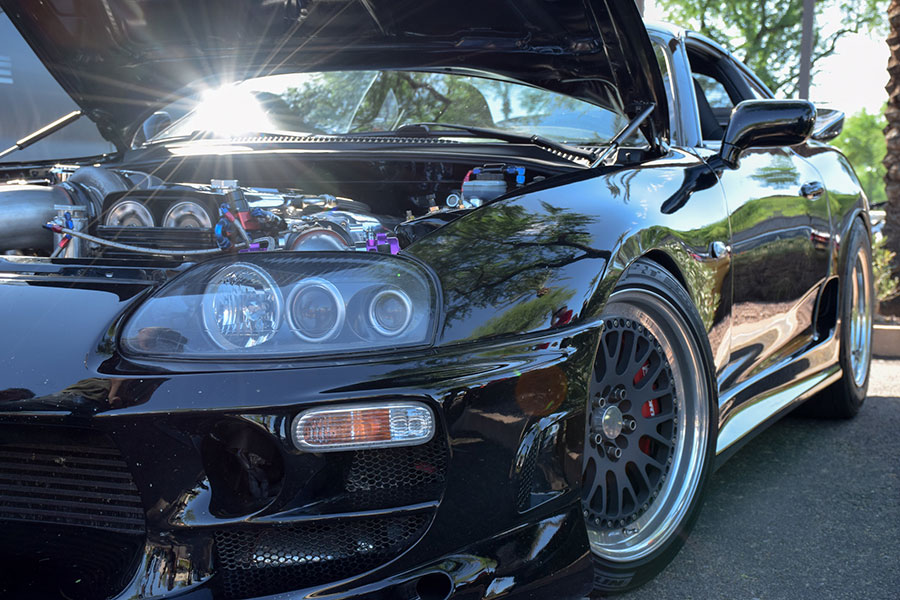
Nothing says Japanese high performance more emphatically than the iconic Supra with its legendary 2JZ turbocharged inline 6. Good for over 1000 horsepower with upgraded internals and boost, the 3.0 liter 2JZ is arguably the most tunable engine in existence even today. Coupled with sophisticated rear-wheel drive chassis dynamics, the Mk IV remains the ultimate Japanese muscle car.
Nissan Skyline GT-R R34 (1999-2002)
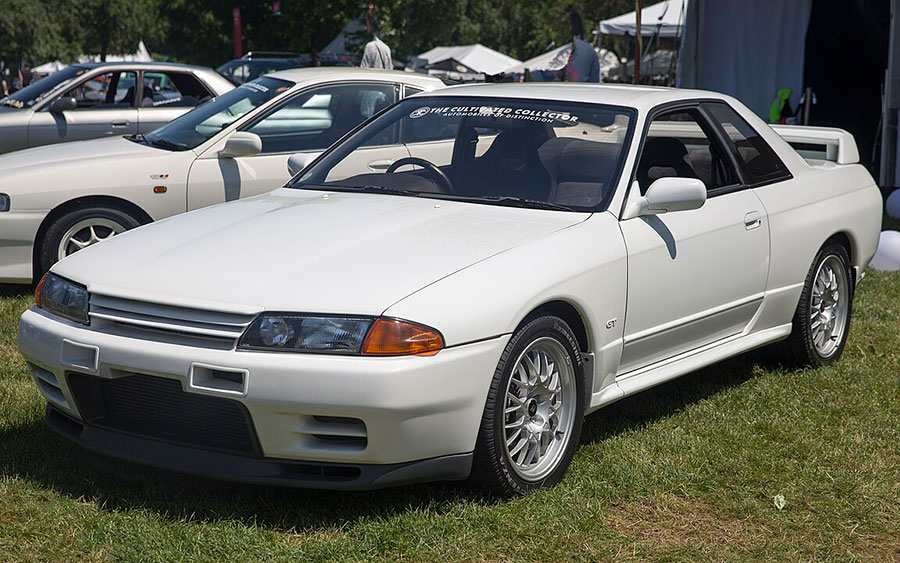
Godzilla returns with an aggressive maw gaping wide in Nissan’s R34, the end of the line for the mighty Skyline GT-R empire. Its 2.6-liter twin turbo straight 6 churns 326 hp through advanced ATTESA AWD grip technology. Built for Japan’s twisty mountain roads, the GT-R dominates with uncanny cornering reflexes and traction. Plus that iconic backend treatment—no wonder people are still hunting an R34 Skyline for sale.
Subaru Impreza WRX STI 22B (1998)

Subaru’s ultra-limited STI 22B homologation special ringing the register at 400 turbocharged flat-4 horses in a tiny 2-door coupe instantly became the stuff of legend. Just 424 units were built, but the blue and gold 22B’s giant wing and Group A racing history crown it a JDM icon today if you can find one!
Honda NSX (1990-2005)

Japan’s everyday supercar shook up perceptions through its jewel-like Pininfarina body cloaking a high revving VTEC V6 mounted amidship for ideal weight distribution. Advanced aluminum and composite construction plus independent suspension tuning that shamed Ferrari made the NSX a giant slayer with everyday drivability. Electronically variable power steering kept its reflexes razor sharp all along.
Can JDM Fever Still Infect You?
Do you hear your enthusiast heart beating a little quicker reading about these legends crafted when engineering audacity and driver-focused performance held the floor? Does part of you pine for the simplicity of mastering a perfectly tuned chassis dancing with your control inputs?
Then you may have caught the JDM bug, too!













